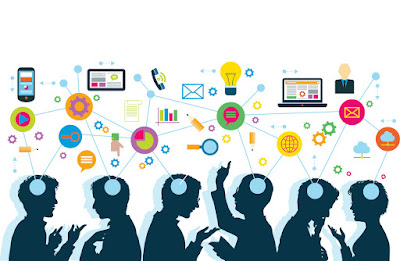Today, the number of minutes spent on a mobile device has increased as users are continually consuming content for games, entertainment, and social networking. Smart devices have become an integral part of daily work-life, and therefore, organisations are applying innovative methods and technologies to engage their employees. Gamified learning has emerged as a promising solution to create an environment for more engaged learning and training programs.
According to Gartner Research, gamification shows a 60% increase in learner engagement and 43% enhancement of employee productivity. Our personalised and adaptive mobile LMS Brainmint offers innovative technology and features to introduce gamification in your L&D programs. You can deliver gamified content and also track and reward the top learners by using its features like Leaderboard and Badges. The mobile app comes with Offline mode, which allows employees to access the learning content anywhere, anytime.
Here are some benefits of including gamification in your training program and how Brainmint makes it easy for you:
Enhanced Learning
Brainmint’s gamified solutions help employees to learn in real time as they cross different levels and explore the content in multimedia format. Smooth and interactive functioning help them to come up with quick solutions, thus enhances their performance in daily work too. Godrej implemented the Brainmint for its ‘Salon-i’ project, a pan India CSR program. The Godrej Salon-i app helped small entrepreneurs to quickly adapt the training and participate in course-related quizzes and other games. This method promoted quick learning abilities among all the trainees and built a supportive environment for training and innovation.
Constant Motivation
If you give a lengthy presentation to employees, they might lose their interest after a few slides. However, a gamified content keeps their enthusiasm intact as every game has different challenges to keep them enegaged. The leading brand, Colgate-Palmolive India, employed the Brainmint as ‘Hero No. 1’ app to build the sales capability of its Senior Sales Managers. The app featured various sports and film personalities as ‘Heroes’ who needed to complete varied tasks. From leading the leaderboard to earning badges, the whole process provided managers with a sense of achievement. The higher motivation level further helped the organisations to evaluate the effectiveness of the training by considering the contributions of all learners.
Goal-based Customization
Gamification offers you the opportunity to create training or courses as per your goals. For example, if you want to target the product team, you can design a game-based training as per the design process of that product to ensure high engagement. By creating the problem-specific gamified solutions, you can ensure that the training reaches its target audience and the team utilise it to the fullest. You can also customise your traditional onboarding and HR training into gamified learning and engage all stakeholders on a single platform.
Gamification is creating its niche space in the corporate world because of its positive impact on employee training. It allows organisations to deliver training on different devices like mobile, console, and PC. Brainmint is an easy-to-use app that offers games in varied genres including strategy, quiz, action, sports, education etc. The app helps in keeping the learners engaged without burdening them with excessive information.
Some salient features of Brainmint:
Training Schedules
Schedule your training as per your learning plan
Microlearning
Microlearning in Audio, Video, PDF, SCORM format
Analytics
Run analytics on your data to measure training’s ROI
Offline mode
Access the content in offline mode for any time learning
Compatibility
Use the app on Android and iOS enabled devices
Learn more about the app: https://shezartech.com/brainmint-training/




